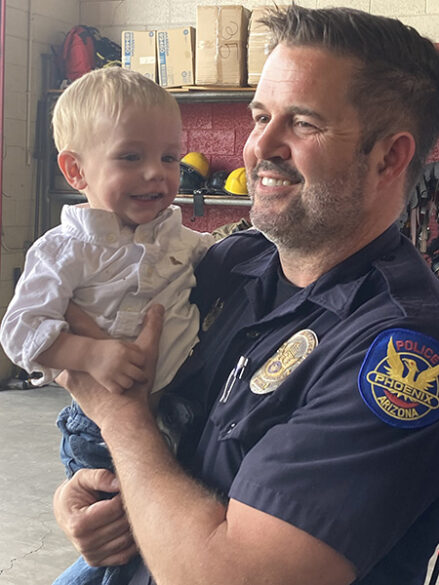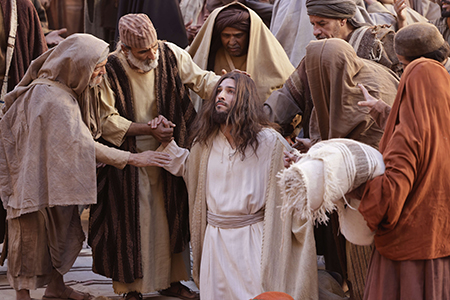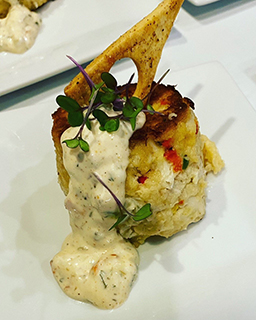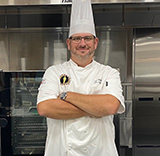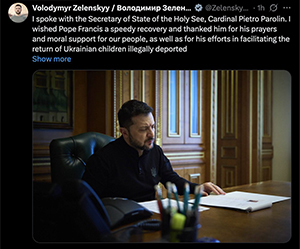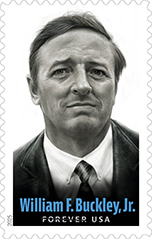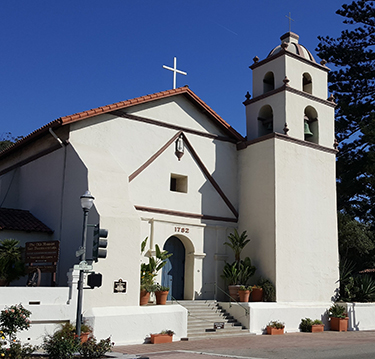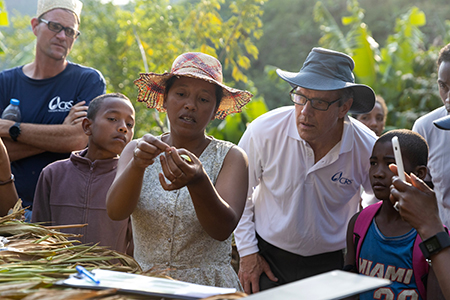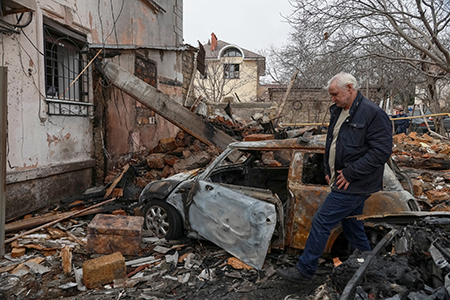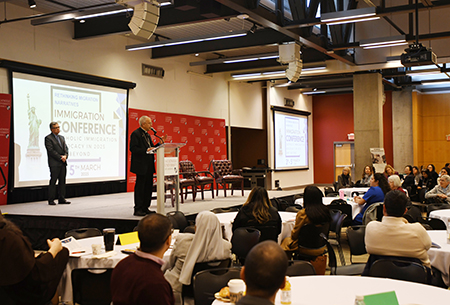By Kate Scanlon
WASHINGTON (OSV News) – A joint report between organizations affiliated with different Christian churches found that a significant share of people impacted by the Trump administration’s pursuit of what it has called “the largest deportation in U.S. history,” are Christian.
The report, a joint project of the National Association of Evangelicals, the U.S. Conference of Catholic Bishops’ Migration and Refugee Services, the Center for the Study of Global Christianity at Gordon-Conwell Theological Seminary, and World Relief, found many of those vulnerable to deportation themselves — or those who have a family member vulnerable to deportation — are Christians.
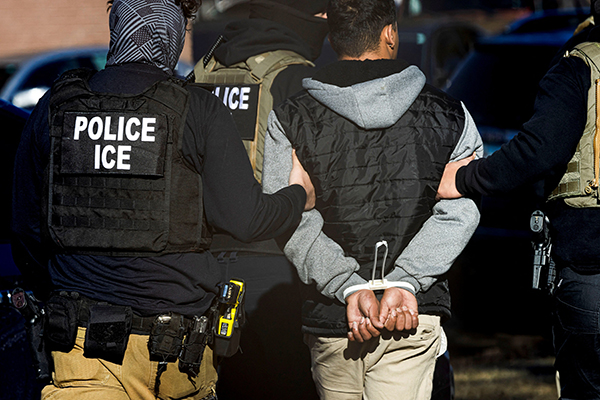
“One cannot help but ponder what our country and our lives would be like, if the same sort of restrictions and enforcement actions being contemplated today were imposed on those coming from places like Ireland, Germany, Poland, Italy and elsewhere by the boat full,” Bishop Mark J. Seitz of El Paso, Texas, told reporters in a press call about the report.
“You know, it’s amazing how U.S. history repeats itself, and I don’t think many of us would suggest that the way that our immigrant ancestors were treated in many cases would be a model to be followed today,” he said.
Catholic social teaching on immigration balances three interrelated principles — the right of persons to migrate in order to sustain their lives and those of their families, the right of a country to regulate its borders and control immigration, and a nation’s duty to regulate its borders with justice and mercy.
While the individual Christian organizations behind the report may support or oppose particular policies according to their beliefs, participants explained, they share a common goal of seeking to understand not only how mass deportations would impact the U.S., but also their faith communities and Christians as a whole.
According to demographic data as of the end of 2024, the report found, more than 10 million Christians living in the U.S. would be vulnerable to deportation under Trump administration policies implemented in 2025.
Christians account for approximately 80% of all of those at risk of deportation. The Christians most at risk of deportation are Catholics, 61% of the total.
At the same time, about 7 million Christians who are U.S. citizens live in the same household as someone at risk of deportation.
Overall, the report found, about one out of every 12 Christians in the U.S. — including one out of 18 evangelicals and about one out of five Catholics — are either vulnerable to deportation themselves or could see a family member deported, barring law or policy changes.
Walter Kim, president of the National Association of Evangelicals, pointed to a recent Lifeway Research study showing that while evangelicals have been a consistent voting bloc supporting Trump during his three presidential campaigns, most support deporting individuals who have been convicted of violent crimes, but support programs to help refugees and policies aimed at keeping families together.
“Now, sometimes it’s thought that many evangelicals are supportive of this, but in fact, most evangelical Christians do not want to see deportation on this scale, of immigrants who have not been convicted of violent crimes, who are members of our churches whose deportations would result in families being separated,” Kim said.
Stephanie Gonzalez, a teacher at a Christian school in Southern California whose parents, 55-year-old Gladys and 59-year-old Nelson Gonzalez, who have no criminal record, were recently deported to Colombia after more than 35 years in the U.S. Gonzalez said when they arrived in the U.S., they sought to follow the law, but “my parents became victims of immigration fraud and dealt with several fraudulent lawyers who took advantage of them.”
“This was just the beginning of the nightmare that my parents faced when it came to attorneys and a flawed immigration system,” Gonzalez said.
Bishop Seitz and Gonzalez both raised the point that separating families contradicts Christians’ interest in protecting strong family units.
“The separation of families is heartbreaking, and I believe the separation breaks the Lord’s heart,” Gonzalez said.
The report, titled “One Part of the Body,” is a reference to the biblical teaching that Christians form one body, composed of distinct but interdependent parts, Matthew Soerens, vice president of advocacy and policy at World Relief, one of the largest evangelical ministries serving refugees and other immigrants, said on the call.
“When one part of the body suffers, we are all to suffer together, just as a hand cannot go about its business unaffected if a foot is in debilitating, debilitating pain,” he said. “With that biblical principle in mind, we set out to understand and quantify with this report how the Trump administration’s proposals for the largest deportation in U.S. history could impact the church in the United States. Immigrants from various countries form integral parts of the body of Christ in the U.S.”
(Kate Scanlon is a national reporter for OSV News covering Washington. Follow her on X @kgscanlon.)

